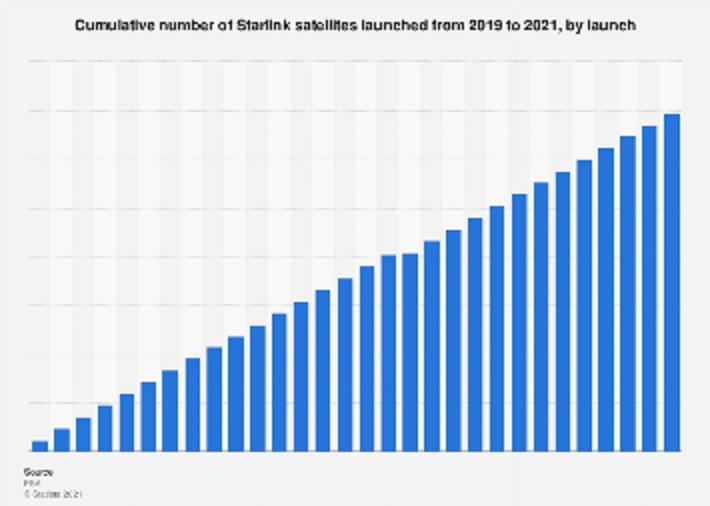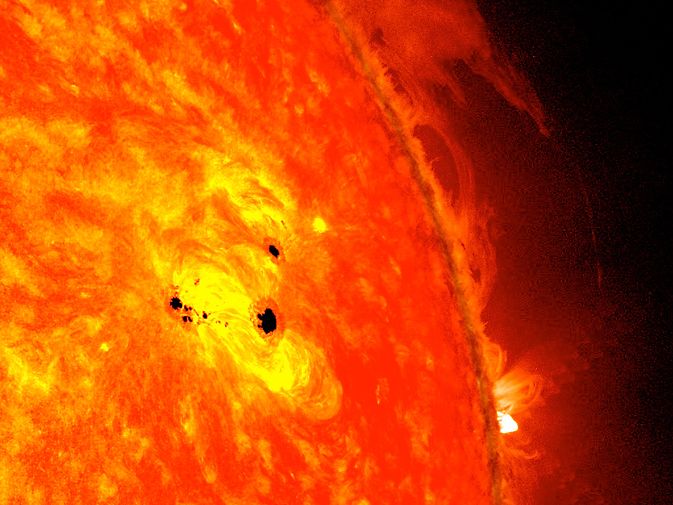- Thread starter
- #61
The communications-satellite problem will affect state-of-the-art astronomy, such as the Rubin Observatory:
Vera C. Rubin Observatory

 en.wikipedia.org
(Scroll to 'Possible Impact of Satellite Constellations')
en.wikipedia.org
(Scroll to 'Possible Impact of Satellite Constellations')
'....The objective is to keep the satellite below the 7th magnitude, to avoid saturating the detectors. This limits the problem to only the trail of the satellite and not the whole image.'
Vera C. Rubin Observatory

Vera C. Rubin Observatory - Wikipedia
'....The objective is to keep the satellite below the 7th magnitude, to avoid saturating the detectors. This limits the problem to only the trail of the satellite and not the whole image.'







